On two legs and four, made of muscles and spells, History is trying to kill you, specifically. Should you flee the country? Should you light yourself on fire in protest? Should you, starving, relent to the meal of your neighbor’s flesh? The future is irradiated after all, and Tuunbaq does kind of look like a man. We search for the holy city in San Francisco, Northampton, and South Dakota, and find a workable miniature at the frigid limits of human habitation. Inside: Five entertainments and a suicide.
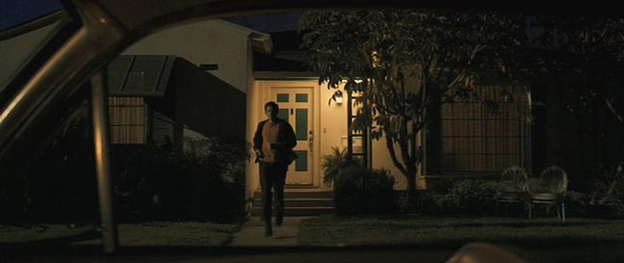
ZODIAC
Through a car window we observe a passing nightscape of single family homes lit up in fits by fireworks. The camera has been fixed in its seat. Floating with the vehicle’s roll, we imagine a road polished to glasslike flatness. The depth of the shot, fences giving way to lawns giving way to porches and side-yards, promises many entry points for the film, which is about killing. Within it, we spy kids with sparklers, couples holding hands, a boy leaving his doorstep. As the car halts, he approaches, the frame fills with his wanly-lit face. After he is murdered, journalists and detectives will converse in their offices about the mail. Further murders are filmed with the cameras set on what can only be glass surfaces. Right as a great and terrible art threatens to emerge from these filmmaking properties, a divorced cartoonist with eyes like he has been raised by wolves will finally have read enough books to save the audience from substance, and deliver them their righteous knowing. The Historical Fact, its monstrous contour suggested, will disappear behind postscript white text.
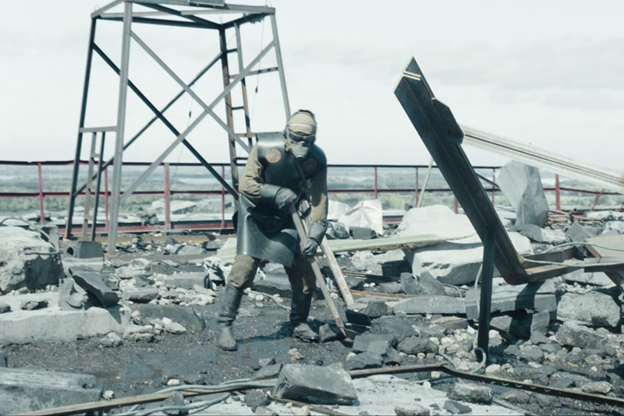
CHERNOBYL
For four episodes, it’s a miniseries about an unborn child fatally absorbing the radiation which would’ve killed its mother while soldiers, unaware that they have shredded their lifespans in the name of their country, raise a flag of victory over the crater of its greatest catastrophe. Characters once entered the story are understood as already dying. With workman-like skill, fatally-radiated objects are cut-to as poetic punctuation for scenes of craven authoritarians cravenly exacting authority. The frame of their destined death, fixed over these scenes, is ironic condemnation of the exigencies of force. Lo and behold The Historical Fact fully emerges. Everyone In History Is Dead. A single inch-long caterpillar, which feels bewilderingly bright-green in comparison with the coloration of the preceding hours of the show, attempts to undo the lyricism that humans many hundred times larger than it have accidentally produced in unwitting service of making this thing emerge. Truth, the virtue of dead-beat dad cartoonists, will be spoken of as if it could break the picture frame of The Historical Fact. A dramatic third act speech, worthless with caterpillars, is loosed upon its indestructible mantle. White text will have more success, if only because it will be accompanied, in an absurd escalation of force, with documentary footage. In its dedication to the dead, the white text affirms the act of docudrama filmmaking as the plucky student to journalism’s truth. The reality, obvious to anyone too exhausted to watch the news, is that it has far surpassed the master.
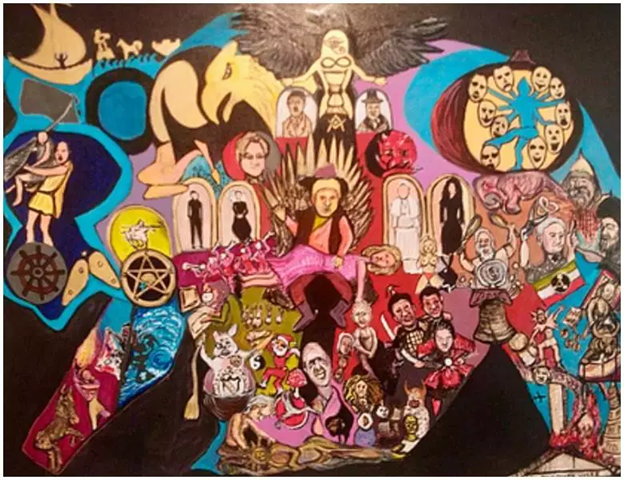
Memoirs of a Shadow President, Arnav Gupta, 2019.
SELF-IMMOLATION
Arnav Gupta, 33-years old, self-immolated near the White House last week. From the manifesto of David Bucknell, a 60-year old retired gay rights lawyer and environmentalist who self-immolated in Prospect Park last April: “my early death by fossil fuel reflects what we are doing to ourselves.” Bullets, Jared Harris’ Legasov tells us, are being launched by the trillions into the air. To see what these do to a body, as CHERNOBYL repeatedly shows us, is perhaps to witness an immolation in slow motion. Asked to pull the switch he knows will necessitate a complete shutdown of the plant’s operation, an engineer confides to a nervous comrade that they “have done everything they can do,” and perhaps they would’ve lived the most extreme expression of that sentiment had they known the state didn’t secure a failsafe as promised, had known what would happen after. Legasov, with tape recorders and rope, does live this extreme expression. If you were wondering what the opposite of one man solving an existential problem looks like, as you might be, living in the age before ecological devastation, CHERNOBYL gestures broadly at a collective truth-telling. If we might call self-immolation, acknowledging well the danger of aestheticizing suicide, the sublime truth-telling of The Historical Fact, then filmmaking, as affirmed by the white text, is a degraded form of it. The twist of episode five is that it was a docudrama after all. A cartoonist raised by wolves does sound like a caricature of a screenwriter.
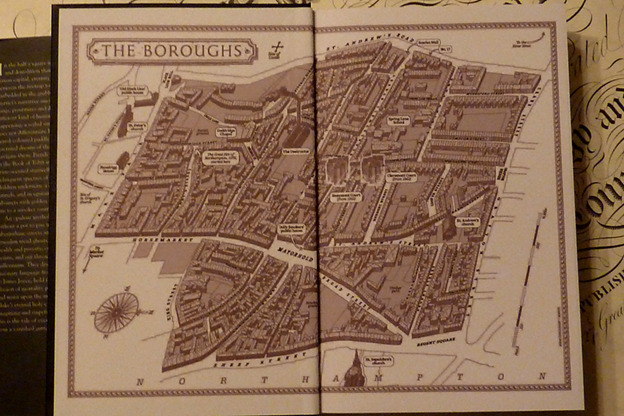
JERUSALEM
An illustration is necessary to continue: imagine a glass football. This is all of spacetime, past and future, the entire universe. It is a round artifact with ends coming to a point. On one end is the big bang, the other, the big crunch. Rounded-outward as the universe expanded, inward as it rebounded and contracted. In the glass football, crystalline structures twine it together. Imagine you can see them each in perfect clarity, discern even where a single vein twists and turns. These veins are consciousness, lives in all their intersection with life. The Historical Fact, as it is understood in the colloquial and scientific sense of the verifiable events through which we assemble the record of human endeavor (lower-case historical facts), is an attempt to produce a semblance of what The Glass Football is. It is as limited as any semblance, and, scientifically-ruled, it has sacrificed sense to gain reference. Alan Moore’s novel JERUSALEM attempts to make The Glass Football appear with its thousand pages of imagined lives in The Boroughs of Northampton. One character, magically aware of this object: “the terror and glory of [his] situation was that of a pigment smear made suddenly aware of its position on the corner of a masterpiece, a dot that knows that it is held in place forever on the printed surface, that it’s never going anywhere, and yet exults: how dreadful and how fabulous!” The Historical Fact, absent the infinite variety present at the million-choices-a-minute act of painting a masterpiece, does not stand the same metaphor. Its components could not become sentient and delight in their fate. Facts, lacking invention, lack feeling, too. This is partly why when summoned under the domain of art, often for a poorly defined journalistic purpose as in ZODIAC and CHERNOBYL, characters are understood as destined to die, rather than living determined existences. One difference between it and the other is destined death lacks a sense of being, as the pigment smear says, “fabulous.” Only in a determined existence can someone be said to exist. So at least you’ve got that going for you.
DEADWOOD
Towards the end of Henry James’ life, he dictated his novels. David Milch does the same for his television scripts, in what has been described as like a “seance.” William James, brother of Henry, who saw philosophy as his bulwark against suicide, attended many seances in his time. He understood, conceptually, The Glass Football, and by that he respected either leaning back into it, taking solace in the dissolution of what it implied, or leaning forwards, in pursuit of perfection not promised. Milch was working on a book on the James Family, and this sense of the human throat as a spiritual vessel, our voice being shaped, secretly, in cigarette-matter and self-projections, is in DEADWOOD’s rough poetry. Scrupulously researched, people and events of the real town’s history determine the show’s character and incident. The Historical Fact emerges, and there are no Legasov-like heroes, the genocide of Native Americans which is coinciding with the events of the show never finds a body to immolate itself, in accordance with the record. When we in the future accidentally get what we wanted from this imagined past, be it journalism or judgement, what at first seems to have been generated by the internal logic of character considered in the direction of verifiable event is better understood as sense-combustion catalyzed by words called from a field of pure sense. Invention is restored to The Historical Fact. Everyone in History, Though Dead, Once Lived. The Glass Football appears, because the frame of The Historical Fact, being rotated, multiplied, and projected across its third-dimensional axis, is always a portal through which infinity can become.
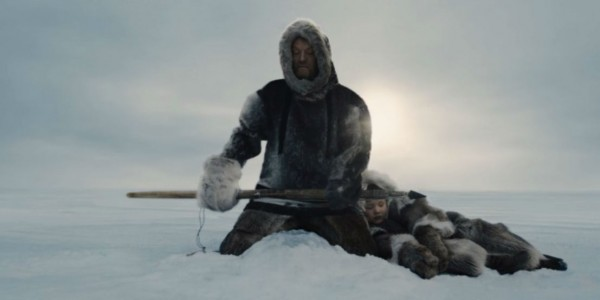
THE TERROR
The friend will be fixed in forks and rope, given his pipe, and closed captioning will have it said that he laughed “maniacally” as it ate his soul, choking. That is one way of living in history. We must respect it. Another, which we cannot, is to live only for our promised meat. As if meat, the matter of human, was the substance of life. As the ice cap becomes desert, there is a sense to the staging of THE TERROR of a gospel waiting to be written by the wick in a holy city. It says, all inheritances as dust, but the vein of gold which every life is heir to, being bound to the splendor and horror of what makes it live. Francis Crozier might’ve called this vein the soul. We will call it the plane of what we are able to imagine as our best self. Passing through it the sands of time, it suffers erosions, until at death all goes unimpeded. Every excess title we inherit is a separation in this plane. Insofar as society is the organization of the asking of permission to continue living after the friend has died, there are only two kinds. Those who haul the dying in ships, and those who hasten their end for meat. If we are brave enough to die to ourselves as alcoholics, Irishmen, and the unloved we may be rewarded with ourselves as we must be, limned in gold. Captains, haulers of the boats, and sixam ieua, stewards of Tuunbaq.
Citations
A lawyer set himself on fire to protest climate change. Did anyone care?
Man Who Set Himself on Fire Near the White House Dies From Injuries


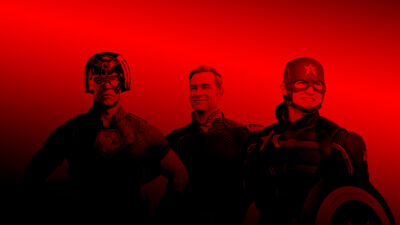



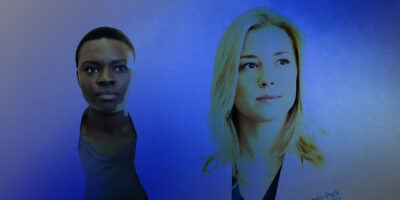


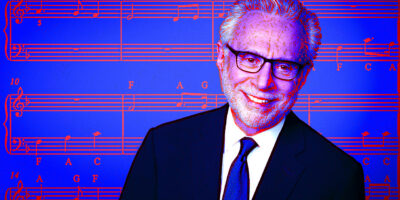
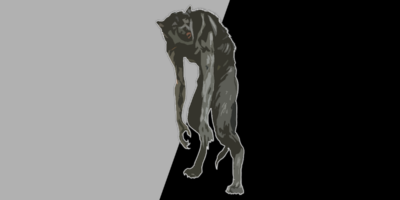





Comments